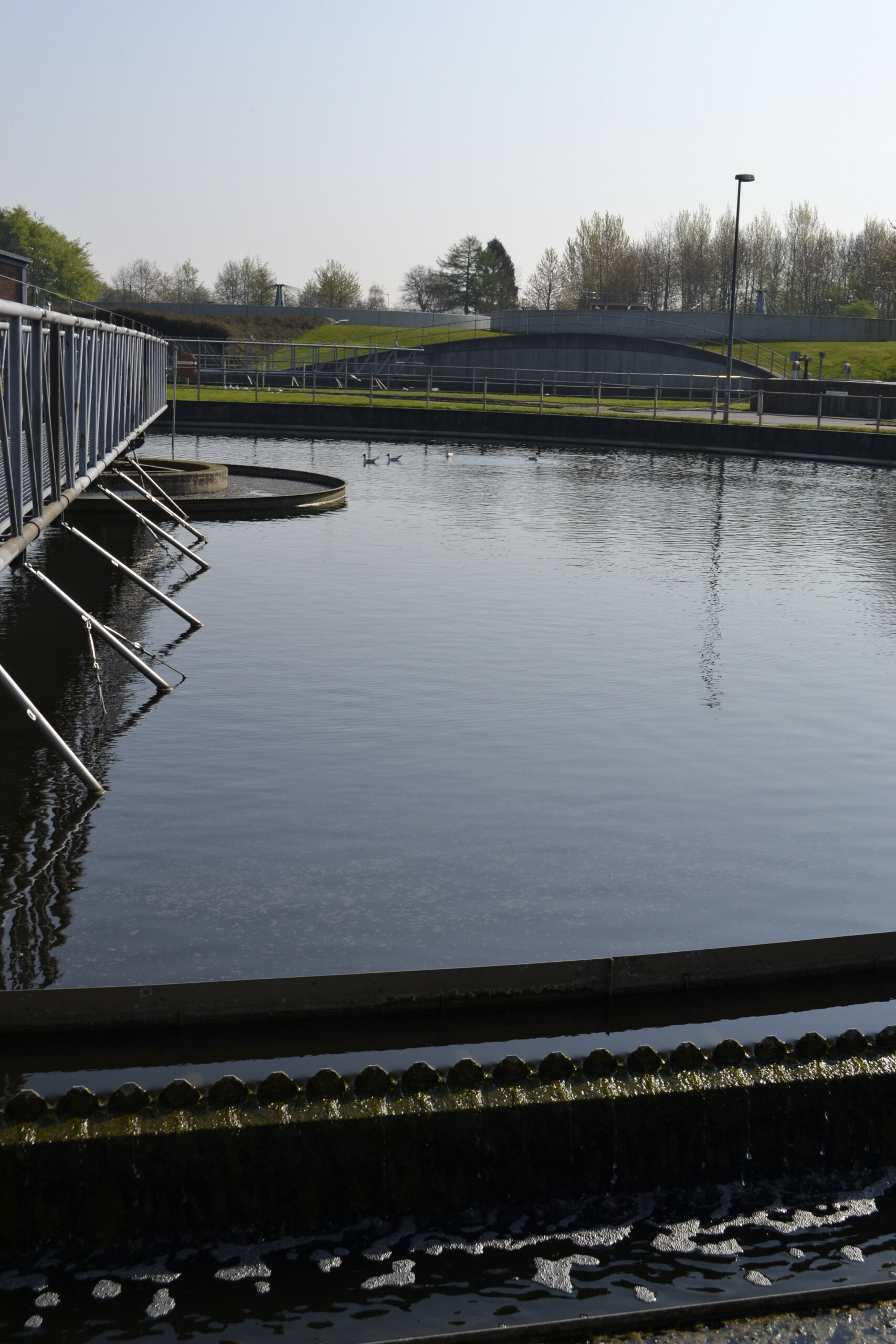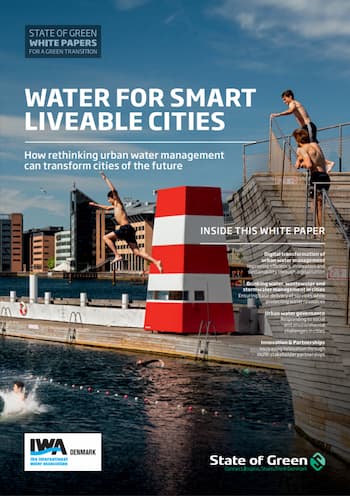Download our publication on water for smart liveable cities today
This article is part of our publication ‘Water for smart liveable cities’
Download nowPerspective
Urban water management
Urban planning and development


During the 1960s, cities were redesigned to make room for our new best friend: the car. Today, faced with challenges and opportunities driven by climate change, many cities are placing water closer to the core of urban planning and design.
Water is not only key to life but can also be a key element in urban transformation and progress. Without proper sanitation, sewerage and clean water supply, urban civilization gets on the verge of a decline. Take the city of Cape Town, for instance: After years of drought, this modern capital and
attractive tourist destination came close to facing a ‘day zero’ of clean water supplies in 2017-2018, which led to a sudden fear of a breakdown and social instability.
The Sustainable Development Goals, especially SDG 6 on ‘clean water and sanitation’ and SDG 11 on ‘sustainable cities and communities’, provide a perfect framework for urban planning and could serve as guidingprinciples for future investments. The benefits for cities investing significantly in
contemporary water management are many.
The impact new urban development will have on the surrounding nature should also be considered during the planning phase. When urban planners, architects, landscape designers and water managers join hands early in the planning phase of urban areas, it increases chances of developing long-term solutions which successfully integrate the role of water in that particular area with the needs of both local citizens and nature. Experience from Copenhagen also show the positive impact that the presence of open water bodies have on biodiversity in the city.

This article is part of our publication ‘Water for smart liveable cities’
Download nowHistory has shown that cities which have given water a high priority, have a strong foundation for sustainable growth. Those who keep water at the core of their planning, will also be the winners of the future. Once water systems are improved, access is democratised and gutters are cleaned,
urban water changes from a nuisance and a potential health risk into something that makes the city highly attractive. In cities that have successfully integrated water in their urban planning, urban canals, rivers, lakes and harbours now have a magnetic effect on people. If a home allows for a glimpse of the sea or a piece of urban water, the property value will be significantly higher. And in cities like Berlin, Copenhagen, Amsterdam, Stockholm and New York, riverbanks and waterfronts have become urban oases where people gather to socialise. In both Seoul and Madrid, motorways have been removed and turned into open, urban rivers with lots of recreational value for citizens and tourists.
This development – along with investments in flood-risk management – is a key driver for current and future investments in urban water solutions. It is also a significant reason why more and more cities are adapting to climate change through nature-based bluegreen solutions with added recreational value. The next step in this urban water-based transformation is full circularity. Visionary city leaders have set up circular water programs, where climate adaptation measures and water systems become integrated and further included in smart resource cycles, enabled by new digital solutions.
solutions
Urban infrastructure planning
+2
events
Urban planning and development
+7